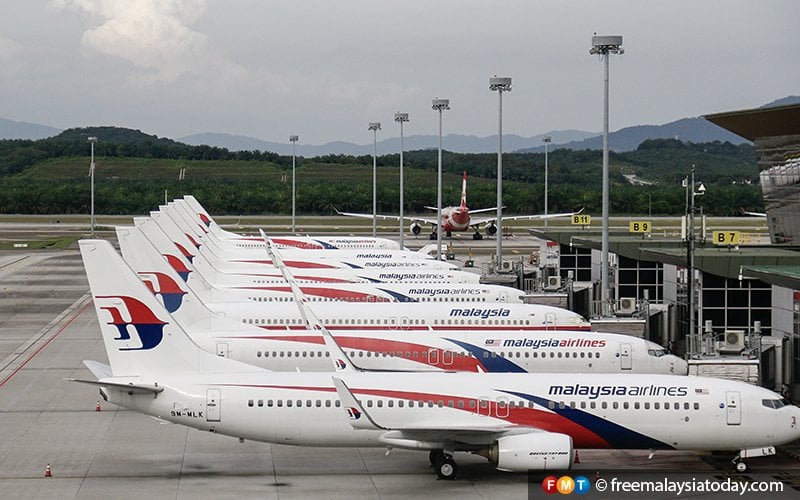
From William Dennis
Airlines should be given a free hand to determine airfares for all routes, be it domestic or international.
This is in line with the practice of airlines worldwide.
Fares are determined by market conditions. They are not based on the whims and fancies of the airlines. Supply is also determined by demand.
It has been one year since borders were opened but there has been pressure by certain quarters for local carriers to reduce airfares on domestic routes, particularly from Peninsular Malaysia to Sabah and Sarawak during the festive season.
Putting pressure on the airlines to lower fares irrespective of routes and time of the year would be tantamount to regulating fares.
It must be noted that many carriers including local airlines have yet to resume operating at pre-pandemic levels, in terms of fleet size, network and frequencies.
Certain airlines still have aircraft parked.
It will cost the carriers a significant amount to get each parked aircraft back into normal operation as the aircraft will have to undergo storage maintenance repairs and an overhaul, among other things.
Pilots who were furloughed during the pandemic will have to undergo further training/base check even if their aircraft type rating licence is still current.
Market conditions
The domestic market is fragmented with Malaysia Airlines, MYAirline, AirAsia and Batik Air competing fiercely for a slice of the market.
Market conditions determine the airfare for a particular route.
It is inevitable that there is a significant hike during peak season.
I am not an airline staff but have worked in the Asia Pacific civil aviation industry for 33 years.
I am not an airline staff but have worked closely with the civil aviation industry in the Asia Pacific for 33 years.
I believe that it should be a free market for the carriers to determine the fare of their respective routes.
Fares are based on economies of scale – demand and supply.
Each carrier has its own business model, whether full-service, low-cost or boutique. Fares could vary with each airline for a particular route.
Gloomy outlook
Airlines worldwide are still struggling from the effects of the pandemic that literally brought air travel to a halt.
This includes Malaysia Airlines, AirAsia and Batik Air (formerly known as Malindo Air).
The outlook for the aviation industry is still gloomy, with many airlines still uncertain what the future holds for them.
Local carriers are keen to see their respective operations expand with the hope of returning to pre-Covid levels.
Putting pressure on local airlines to reduce fares may put a spanner in the respective carrier’s plans to increase frequencies even if there is a surge in demand for travel.
Key economic sector
Before Covid-19, travel and tourism had become one of the most important sectors in the world economy, accounting for 10.4% of the global GDP (US$9.2 trillion) and more than 330 million jobs worldwide.
In 2020 global GDP declined 5.5%, while 62 million jobs were lost in the travel and tourism segment.
According to the International Monetary Fund (IMF), the baseline growth for 2023 is projected to be 2.8%, a decline of 0.6% over 2022.
So, give the carriers a breather. - FMT
William Dennis is an FMT reader.
The views expressed are those of the writer and do not necessarily reflect those of MMKtT.


No comments:
Post a Comment
Note: Only a member of this blog may post a comment.